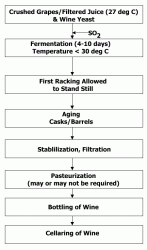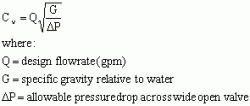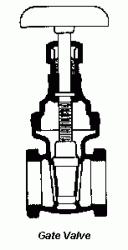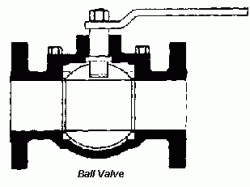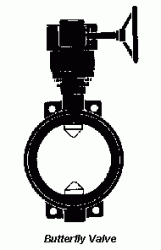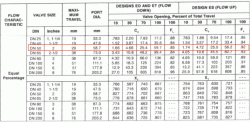Articles Archives
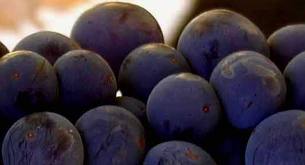
Wine and Wine Making
Wine is fermented grape juice. Wine can be made from grapes, fruits, berries etc. Most wine, though , is made from grapes. And no matter what the wine is made from, there must be fermentation, that is, that sugar be transformed into alcohol. If the amount of alcohol is relatively low, the result is wine. If it is high, the result is a "distilled liquor," something like gin or vodka.
Read story → 0 comments





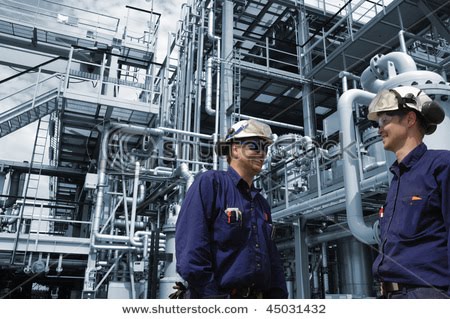
Why Become a Chemical Engineer?
How about a career where the opportunities are endless? Trying not to sound like an advertisement, I'd like to describe some of the more common careers pursued with a Chemical Engineering degree. Firstly, if you're considering studying Chemical Engineering, but you're a little timid because of the horror stories that you hear, you actually may want to think about it some more!





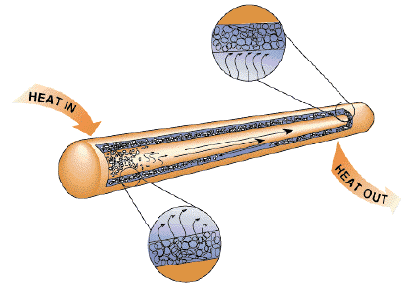
What is a Heat Pipe?
A heat pipe is a simple device that can quickly transfer heat from one point to another. They are often referred to as the "superconductors" of heat as they possess an extra ordinary heat transfer capacity and rate with almost no heat loss. The idea of...





What About Plastics?
Archived article in PDF formatThis is a legacy article shown in Adobe Acrobat format embedded into the page below. If you cannot see the article below, please download Acrobat Reader.





Water Pinch: Making a Difference
Archived article in PDF formatThis is a legacy article shown in Adobe Acrobat format embedded into the page below. If you cannot see the article below, please download Acrobat Reader.






Water Chemistry and Treatment
Water is a natural solvent. Rain water is acidic due to carbon dioxide picked up in the atmosphere. Water and CO2 make carbonic acid (acid rain). Water hardness is primarily calcium and magnesium. Calcium is limestone - common throughout Midwest. Acid water dissolves limestone, iron, and other minerals in soil.





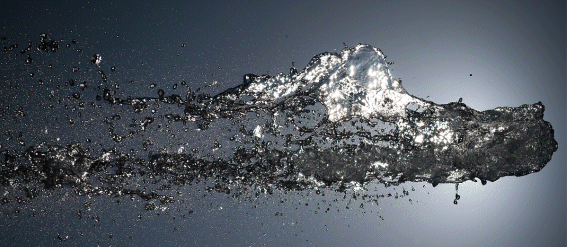
Valve Sizing and Selection
Sizing flow valves is a science with many rules of thumb that few people agree on. In this article I'll try to define a more standard procedure for sizing a valve as well as helping to select the appropriate type of valve. **Please note that the corr...
Read story → 16 comments





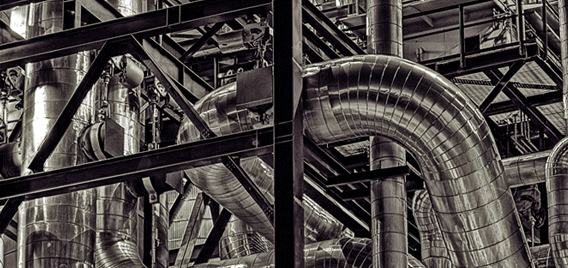
Using Equivalent Lengths of Valves and Fittings
One of the most basic calculations performed by any process engineer, whether in design or in the plant, is line sizing and pipeline pressure loss. Typically known are the flow rate, temperature and corresponding viscosity and specific gravity of the f...





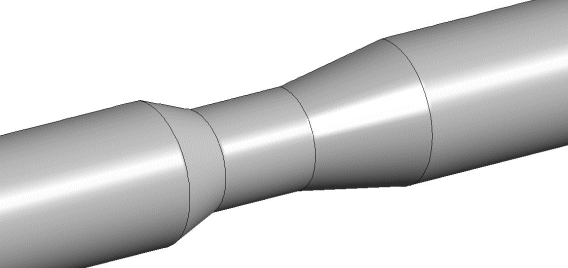
Understanding Compressible Flow
Understanding the flow of compressible fluids in pipes is necessary for a robust design of process plants. The main difference between incompressible fluid, like water, and compressible fluid, vapor, is the greater change in pressure and density. This...





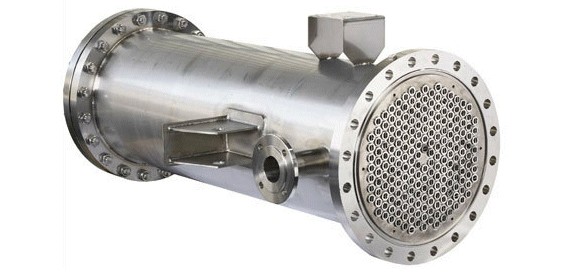
U in Heat Exchangers
Typical values of U are useful for quickly estimating the required surface area. The literature has many tabulations of such typical coefficients for commercial heat transfer services.
Read story → 0 comments





Trickling Biofilters for Hydrogen Sulfide Odor...
Controlling hydrogen sulfide and other odor emissions is a major issue for most wastewater treatment plants. H2S odors can by reduced to very low levels by wet scrubbers using caustic and chlorine or sodium hypochlorite. However, the chemical storage,...





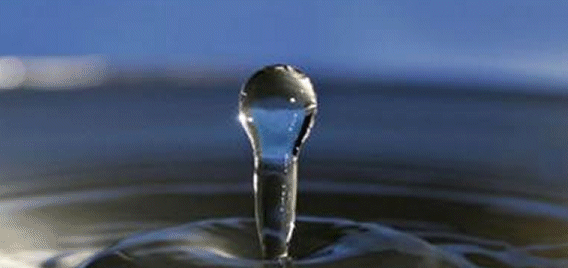
Thermodynamic and Transport Properties of Water...
Water is not only one of the most common substances and indispensable to life, it's also one of the most important media in engineering applications. Steam engines with water as the working fluid were at the beginning of the industrial revolution. The...





Terms of Use and Legal Restrictions
ATTENTION: PLEASE READ THESE TERMS CAREFULLY BEFORE USING THIS WEB SITE. USING THIS WEB SITE INDICATES THAT YOU ACCEPT THESE TERMS. IF YOU DO NOT ACCEPT THESE TERMS ("TERMS"), DO NOT USE THIS WEB SITE. Use of Site. The Chemical Engineers' Resource Pa...





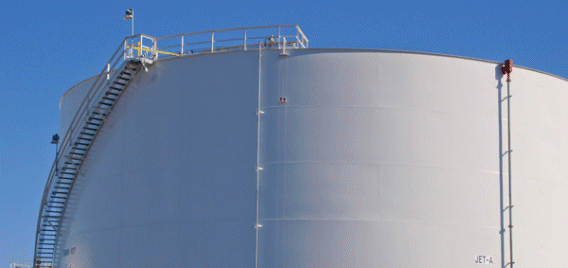
Tank Blanketing Basics Covered
Tank blanketing, or padding, refers to applying a cover of gas over the surface of a stores commodity; usually a liquid. Its purpose is either to protect or contain the stored product or prevent it from harming personnel, equipment, or the environment....





Submission Received
Thank you for your submission. We've received your information and will be in contact with you shortly.





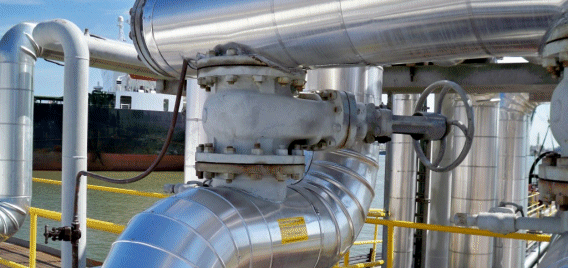
Steam Tracing with MS Excel
Heat tracing is used to prevent heat loss from process fluids being transported in process fluid pipes, when there is risk of damage to piping, or interference with operation such as fouling or blockage, caused by the congealing, increase in viscosity, or separation of components, in the fluid below certain temperatures, or when there is risk of formation of corrosive substances or water due to condensation in corrosive services.






Statistical Process Control: Process and Qualit...
Statistical Process Control (SPC) provides a way to monitor chemical and other processes. We'll focus on continuous chemical processes and how the process and quality control departments utilize SPC. Process control engineers use SPC to monitor a process's stability, consistency and overall performance. Quality control engineers use SPC to see if the process is functioning within quality standards. In industry, these two departments work together to monitor a chemical process.





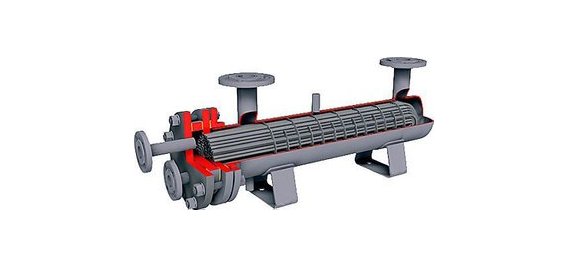
Specifying A Liquid-Liquid Heat Exchanger
As an engineer, specifying heat exchangers for procurement is an important step in the successful execution of any heat transfer or energy conservation project. Early recognition that there are many different heat transfer technologies available can he...





Solving Integral Equations in MS Excel
TankVolume, as it appears in the online store, calculates the liquid volume of partially filled tanks, horizontal or vertical, with various types of heads. One of these, the torispherical head, requires that integral equations be solved. This artic...





Sizing of Packed Towers in Acid Plants
Packed towers are key components in sulfuric acid plants. Drying of the sulfur furnace air is necessary to avoid acid condensation and corrosion in downstream equipment and to minimize mist formation. Absorption of SO3 in the Interpass and Final Towers...





Rupture Disks for Process Engineers - Part 6
Part 1 of this series on rupture disks for Process Engineers covered why you use a rupture disk and when you might want to use this device. Part 2 discussed how to size the rupture disk. Part 3 discussed how to set the burst pressure. Part 4 discussed...





Rupture Disks for Process Engineers - Part 5
Part 1 of this series on rupture disks for Process Engineers covered why you use a rupture disk and when you might want to use this device. Part 2 discussed how to size the rupture disk. Part 3 discussed how to set the burst pressure. Part 4 discussed...





Rupture Disks for Process Engineers - Part 4
Part 1 of this series on rupture disks for Process Engineers covered why you use a rupture disk and when you might want to use this device. Part 2 discussed how to size the rupture disk. Part 3 discussed how to set the burst pressure. In this part, I w...





Rupture Disks for Process Engineers - Part 3
Part 1 of this series on rupture disks for Process Engineers covered why you use a rupture disk and when you might want to use this device. Part 2 discussed how to size the rupture disk. In this part, I will cover how to set the burst pressure. Subsequ...





Rupture Disks for Process Engineers - Part 2
Part 1 of this series on rupture disks for Process Engineers covered why you use a rupture disk and when you might want to use this device. This part will discuss how to size the rupture disk. Subsequent parts will include how to set the burst pressure...






 FB
FB
